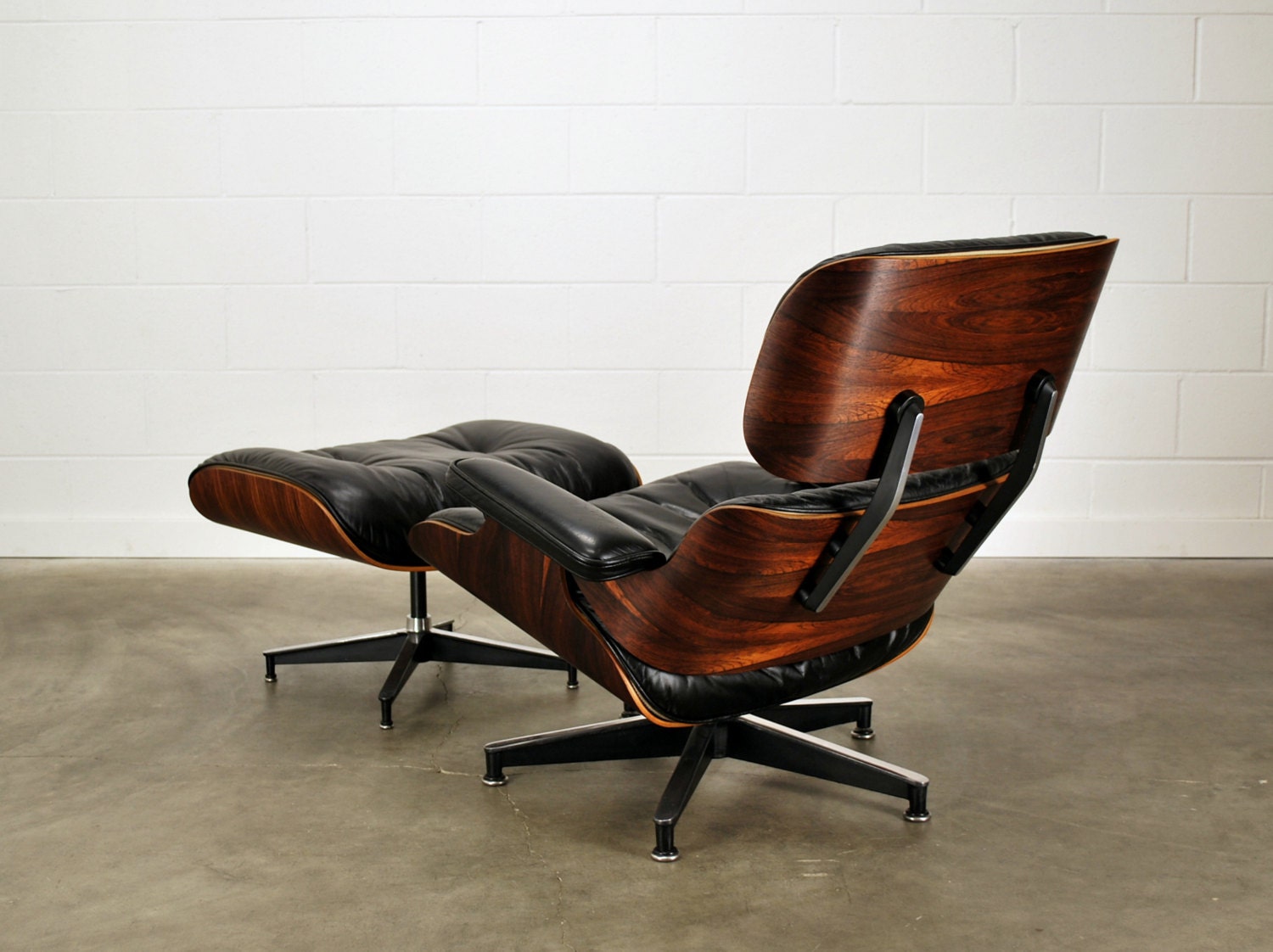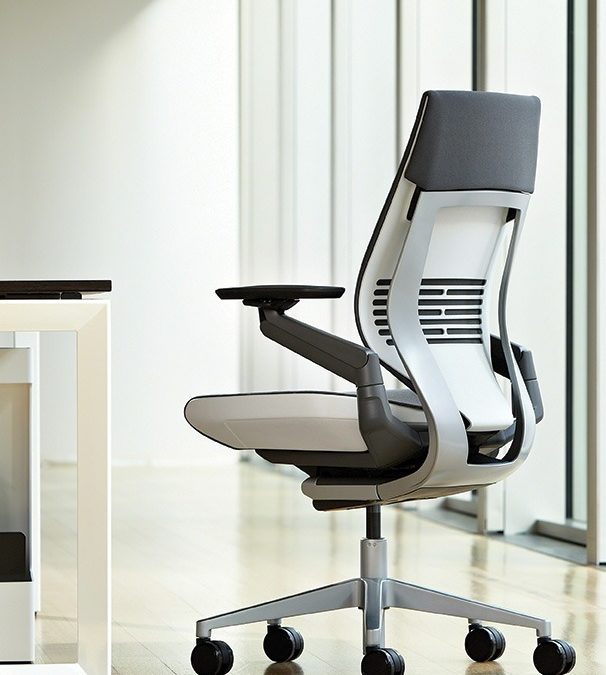Chair design has evolved significantly over the centuries, shaped by cultural shifts, technological advancements, and changing societal needs. Each era in the history of chairs has its own unique story, marked by innovations in materials, ergonomics, aesthetics, and technology.
Let’s explore key phases of chair design, enriched with the stories behind these innovations:
1. Early Chair Designs
In ancient Egypt, chairs were not mere furniture but powerful symbols of status and authority. Reserved exclusively for pharaohs and the nobility, these early chairs were crafted from wood and adorned with intricate carvings and decorations, reflecting the significance of their owners. In ancient Greece, chairs were similarly exclusive to important figures and often made from marble or bronze, further emphasizing their role as symbols of power.
- Materials: Wood, marble, and bronze were commonly used, with chairs often embellished with carvings and decorations.
- Techniques: Early woodworking and carving techniques were employed to create ornate and symbolic designs.
- Designs: Chairs were more than functional items; they were symbols of power and status, meticulously crafted to reflect the importance of their owners.
- Innovation: The concept of the chair as a status symbol was born, with elaborate designs reflecting the power and wealth of the user.
2. The Renaissance Period
The Renaissance was a time of artistic and cultural rebirth, and this was reflected in the furniture of the time. Chairs became more ornate and decorative, often reserved for the wealthy and powerful. Upholstery became a mark of luxury, with chairs being covered in rich fabrics and adorned with elaborate wood carvings. The Renaissance also saw the development of the Windsor chair in the 18th century, a design that revolutionized chair-making with its sturdy construction and elegant simplicity.
- Materials: Luxurious fabrics, high-quality wood, and intricate carvings were characteristic.
- Techniques: Detailed woodworking and advanced upholstery techniques were common.
- Designs: The Renaissance chair designs emphasized grandeur and craftsmanship, paving the way for the Windsor chair.
- Innovation: The combination of art and functionality in chair design became a symbol of status and sophistication.
3. Traditional Craftsmanship (Pre-Industrial Revolution)
In the 18th century, a small workshop in England began crafting what would become one of the most iconic chairs of its time—the Windsor Chair. Originally designed for outdoor use, the chair’s lightweight, durable design soon found its way indoors, becoming a staple in English homes. Craftsmen spent hours meticulously hand-carving each spindle, with each chair becoming a unique work of art.
- Materials: Wood was the primary material, often complemented by cane or leather seats.
- Techniques: These chairs were handcrafted using traditional joinery, carving, and upholstery methods.
- Designs: The Windsor chair, along with other classic styles like the Chippendale and Queen Anne, epitomized this era.
- Innovation: Skilled craftsmanship was the hallmark, with artisans creating intricate designs that have stood the test of time.

4. Industrial Revolution (19th Century)
Michael Thonet, a German-Austrian cabinet maker, revolutionized chair design in the mid-1800s with his innovative use of steam-bent wood. His Bentwood Chair No. 14 became known as the “chair of chairs,” celebrated for its elegant simplicity and robust construction. It was light, affordable, and could be mass-produced—an innovation that made high-quality furniture accessible to the masses. This period also marked the widespread use of mass production techniques, making chairs more affordable and accessible to the general population.
- Materials: The introduction of metal and bentwood transformed chair manufacturing.
- Techniques: Mass production techniques, such as steam-bending wood, were pioneered.
- Designs: Functional forms like Thonet's Bentwood Chair emerged, designed for practicality and ease of production.
- Innovation: This period marked the beginning of mass-produced furniture, making it affordable and accessible to a wider audience.


5. Modernism (Early to Mid-20th Century)
In the 1940s, Charles and Ray Eames set out to create a chair that was comfortable, stylish, and affordable. The result was the Eames Lounge Chair, an icon of modern design. Combining molded plywood with luxurious leather, the Eameses produced a chair that not only looked stunning but also embraced the principles of modernism: functionality, simplicity, and a focus on materials. Their chair became a symbol of modern comfort, featured in countless homes and offices worldwide. The 20th century also saw designers like Arne Jacobsen push the boundaries of chair design, creating iconic pieces that remain popular today.
- Materials: Tubular steel, molded plywood, and plastic were the materials of choice.
- Techniques: Industrial processes and Bauhaus design principles played a crucial role.
- Designs: Iconic pieces like the Eames Lounge Chair, Barcelona Chair, and Wassily Chair were born, emphasizing sleek, modern aesthetics.
- Innovation: This era was characterized by the use of new materials and a focus on minimalism and function, revolutionizing how furniture was perceived and used.


6. Ergonomic and Modular Design (Late 20th Century)
In the 1990s, Herman Miller introduced the Aeron Chair, a design that would forever change how we think about office seating. Developed by designers Bill Stumpf and Don Chadwick, the Aeron Chair was the first to incorporate ergonomic principles based on extensive research into human anatomy. It quickly became the go-to chair for tech companies in Silicon Valley, symbolizing the new wave of ergonomic, health-conscious office environments.
- Materials: High-performance plastics, ergonomic foam, and advanced textiles were used to optimize comfort.
- Techniques: Ergonomic research and modular design principles were at the forefront.
- Designs: Task chairs like the Herman Miller Aeron Chair, designed for comfort and support, became essential in modern workplaces.
- Innovation: This phase introduced the concept of ergonomic seating, with a focus on health, productivity, and the adaptability of furniture to meet individual needs.
7. Smart and Sustainable Design (21st Century)
The early 21st century has seen a growing awareness of sustainability, leading to innovative designs that marry environmental responsibility with cutting-edge technology. The Steelcase Gesture Chair is one such example, designed to support a wide range of postures and integrate with smart technology for personalized adjustments. It represents the future of seating—where comfort, technology, and sustainability converge. With advancements in materials and technology, the future of chair design is full of possibilities. From 3D-printed chairs to smart chairs that adjust to your posture, innovation continues to push the boundaries.
- Materials: Sustainable materials and advanced composites are now standard, with a strong focus on recycling and reducing environmental impact.
- Techniques: Digital fabrication, 3D printing, and smart technology integration are driving innovation.
- Designs: Chairs like the Steelcase Gesture Chair incorporate smart features for posture correction and sustainability, reflecting the growing demand for environmentally responsible design.
- Innovation: The latest innovations combine sustainability with smart technology, offering chairs that adapt to user needs and minimize their environmental footprint.

Conclusion
The evolution of chair design is not just a story of changing styles but of the creative spirit that drives innovation. From the handcrafted masterpieces of the past to today’s smart and sustainable solutions, each phase represents a significant leap forward in our quest for comfort, functionality, and beauty in our everyday lives. As we look to the future, the story of chair design will continue to be one of creativity, adaptability, and progress.



